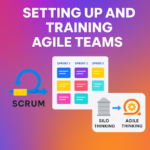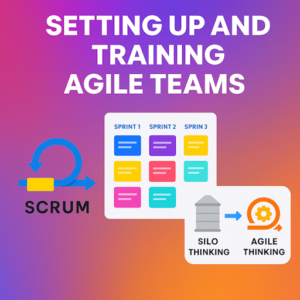
In my previous blog post, there was mention that communication and collaboration is important to agile teams. Not only its because work can get simplified and done faster, but knowledge is also one of the essential components in an effective agile team.

Knowledge management and retention is one of the most important part of any organization and team but often neglected. Here in this post, i seek to remind agile practitioners that though in the Agile manifesto, one of the principle “Working software over comprehensive documentation” –> it does not mean that documentation is neglected.
On the contrary, in order for a team to maintain its momentum, documentation in my opinion needs to be part of the agile team’s practice (be it a digital or non digital product). It does not mean comprehensive or excessive documenting on each and every part and detail of the product.
What it does mean that you need to care enough to ensure new members of the team and new users are able to pick up, work on and use the product without much hassle and taking time to understand.

Below is a sample list of documents :
- System architecture, server and network diagram
- Application architecture and on-boarding checklist including email, VPN, software (Visual Studio, etc)
- Security related document e.g. HTTPS, TLS, Penetration test
- User training manual and video
And the list goes on ..
‘Documenting‘ per se can be in the form of written or even video form. You can even make it fun and gamify it so every one can test out their knowledge of the product.
The most important is the knowledge retention which the above list allows the team and the amount of information each team member can absorb.

The easiest way for this is to
- Have a checklist of essential documents to keep and update periodically.
- Create a repository where this content is easily searchable and available to the team.
- Folder and File naming according to the context and when captured is essential so it can be easily referenced later
- Have a periodic check on the documents available (such as technical architecture) and those which is present in the agile management tool (e.g. attachments in stories).
Again, to emphasize, is it up to each team’s discretion on how much documentation and information needs to be captured. Sometimes it can depend on how complex or simple the entire product is and whether continuous improvement and new features is being added to the product.
So, please evaluate your current products now and ensure that at least some of the essential information and knowledge is retained for new joiners who may take over in future.
Thanks for reading and till my next post, have a nice day 🙂
Disclaimer: What I am sharing is purely from my point of view and does not reflect anyone else’s. What I present in my posts doesn’t necessarily mean tat it is applicable to your work, organization and culture. Would love to hear from you if you have any different opinions or feedback.







